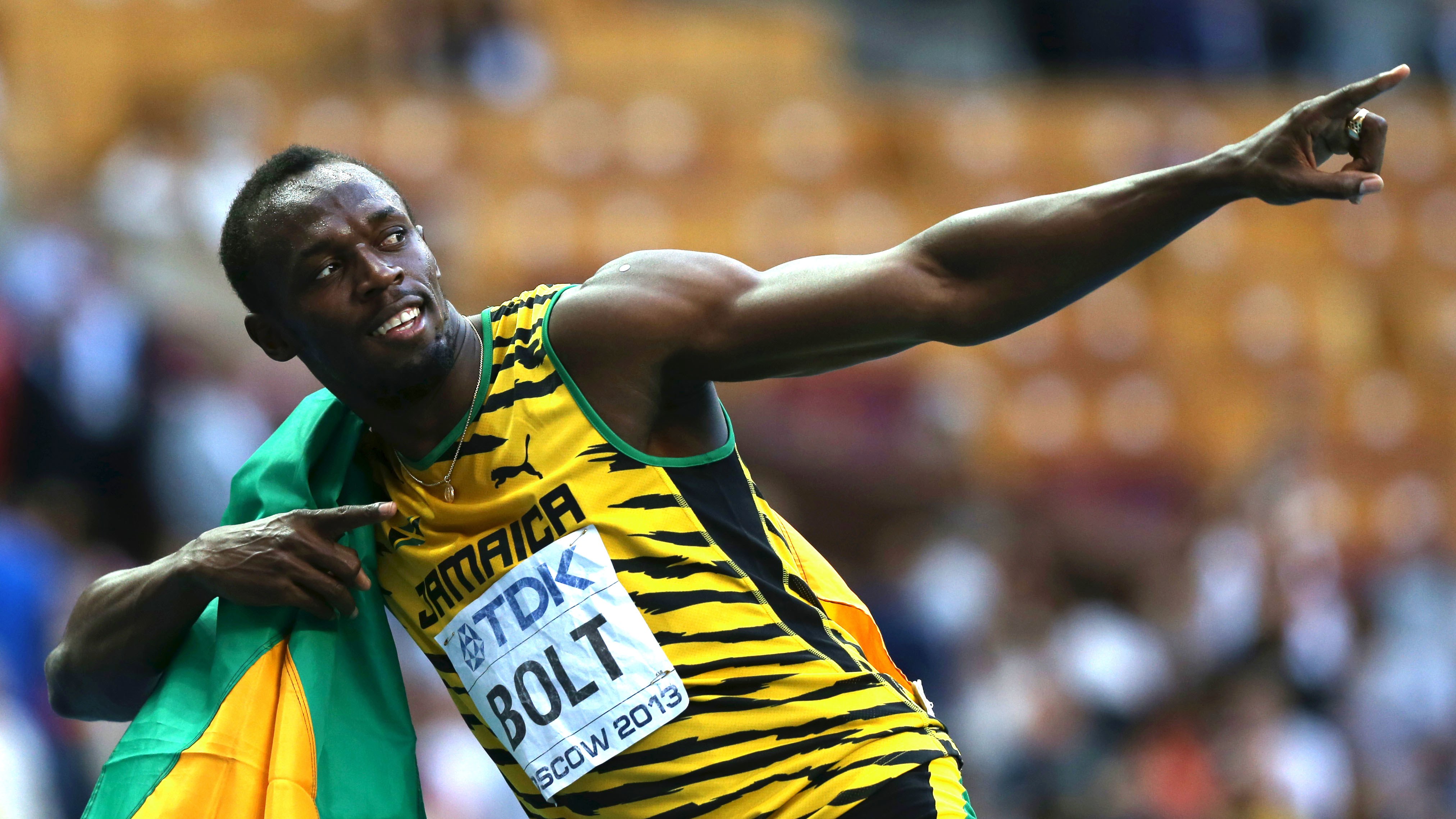New sports sponsorship deals
Contents:
But was everything as it seemed?
- j crew sale coupon.
- augmentin oral suspension coupon.
- national express hot uk deals.
In , however, while it still managed to acquire billions of dollars, FIFA did see a decline in the number of brands sponsoring this tournament compared to the previous one in Various controversies and corruption scandals coupled with the fact that the event was held in Russia are the main factors that have contributed to this notable decline in sponsorships.
This sporting event that took place at the same time as the World Cup is also a goldmine for sponsorships.
Stay up to date! Asian companies are now ever-present on English Premier League football jerseys. In the more quirky sponsorship deal stakes, September also saw French soccer champions Paris Saint-Germain confirm a collaboration with Nike-owned Jordan Brand covering the Champions League, while American rapper 50 Cent signed a wide-ranging sponsorship and licensing deal with the Bellator MMA series to promote a new clothing line and his champagne brand, Le Chemin du Roi. Opt outs based on time, performance and triggering events and shorter terms can reduce this risk. They will spend their dollars on other sponsorships that do not include this risk. In his acclaimed book Thank You for Being Late , Pulitzer Prize winning author Thomas Friedman vividly shows how simultaneous accelerations in the rate of change of technology, globalization and climate are transforming the workplace, politics, ethics and community. There has been a marked increase in investment from Asian companies in sport sponsorship.
So could tennis, despite it being overshadowed by the biggest event in soccer this year, be worth investing in sponsorships for the future? Arguably one of the most important things for brands to ascertain before they even think about sponsoring an event is the audience they want to target. Sporting events, including soccer, typically attract predominantly male audiences.
- Main Navigation!
- Main details.
- More Media Rights.
- camille la vie in store coupon.
- martin & macarthur coupon code?
- talon grips coupon code.
They are a group of smaller organizations of different regions that appear whenever an event run by FIFA takes place. However, the campaign backfired as it was seen as self-serving by many fans. And despite these losses, the likes of Wanda Group, Hisense, and Vivo, had their logos getting a lot of airtime during every game this World Cup season.

Tennis fans are a bit more balanced when it comes to gender demographics. This means that any brand that wants to be affiliated with the club must make a meaningful and active contribution.
Sport industry news and insights for the latest broadcast, sponsorship, OTT, technology and endorsement deals: SportsPro Media. industry website and magazine covering the latest broadcast, sponsorship.
This is a great example of an organization recognizing that engagement should be a priority if a brand is looking for any sort of growth or development from their sponsorship activations. It also reinforces the idea that partnerships that are symbiotic as opposed to one-sided are more valuable in the long-term. As a result, some commentators have suggested that Wimbledon could become more of a data-driven business.
This is an important note for prospective brands to take into consideration as Wimbledon is really embracing the realms of technology and data- topics that are becoming increasingly discussed in the marketing world. Even more impressive, Slazenger has had its logo on Wimbledon tennis balls since which, at years, marks the longest sports sponsorship in history.
England Netball secure new sponsorship deal with Vitality | Netball News | Sky Sports
The exponential growth of over-the-top video and multi-screen viewing habits is having a dramatic impact not only on where we get our sports content but also on the diversity of what we watch and when we watch it. We have more options and we are interested in more of them than ever before. The Internet in general and social media in particular are shortening our attention spans. Whether we are millennials or baby boomers, we are moving into a world where short-term activities are replacing longer-term activities.
Contact Us
Increased Interest in Exceptional Experiences. On-site events are increasingly being fueled by experiential opportunities and relationship-focused guest experiences—the rich real-world alternatives to short term highlights on the Internet. Driven in part by the experiential movement, the average-activation-cost-to-rights-fee ratio continues to grow. This will place increased pressure on the prices of asset rights and drive other asset allocation shifts necessary to keep brand budgets in line.
On the other hand, the increased demand for the best experiences will allow the prices of those rights to continue to grow.
The rich will get richer. Brand affinity is one of the strongest value factors supporting the investments that brands make in sports sponsorships. Mid-term Congressional elections will not help the grandstanding. They will spend their dollars on other sponsorships that do not include this risk.
Sponsorship Marketing News, Articles & Analysis
For brands and properties that get caught up in politicization, the costs will be enormous. Among the social changes we are seeing are changes in the popularity of various sports. The rise of e-sports has happened faster than many expected. But changing views of individual sports are not the only risk.
Studies are showing declining participation rates across youth sports generally. Whether these declines are being driven by smartphone use, concussion fears, increased participation costs or other factors, the reality is that participation is declining.